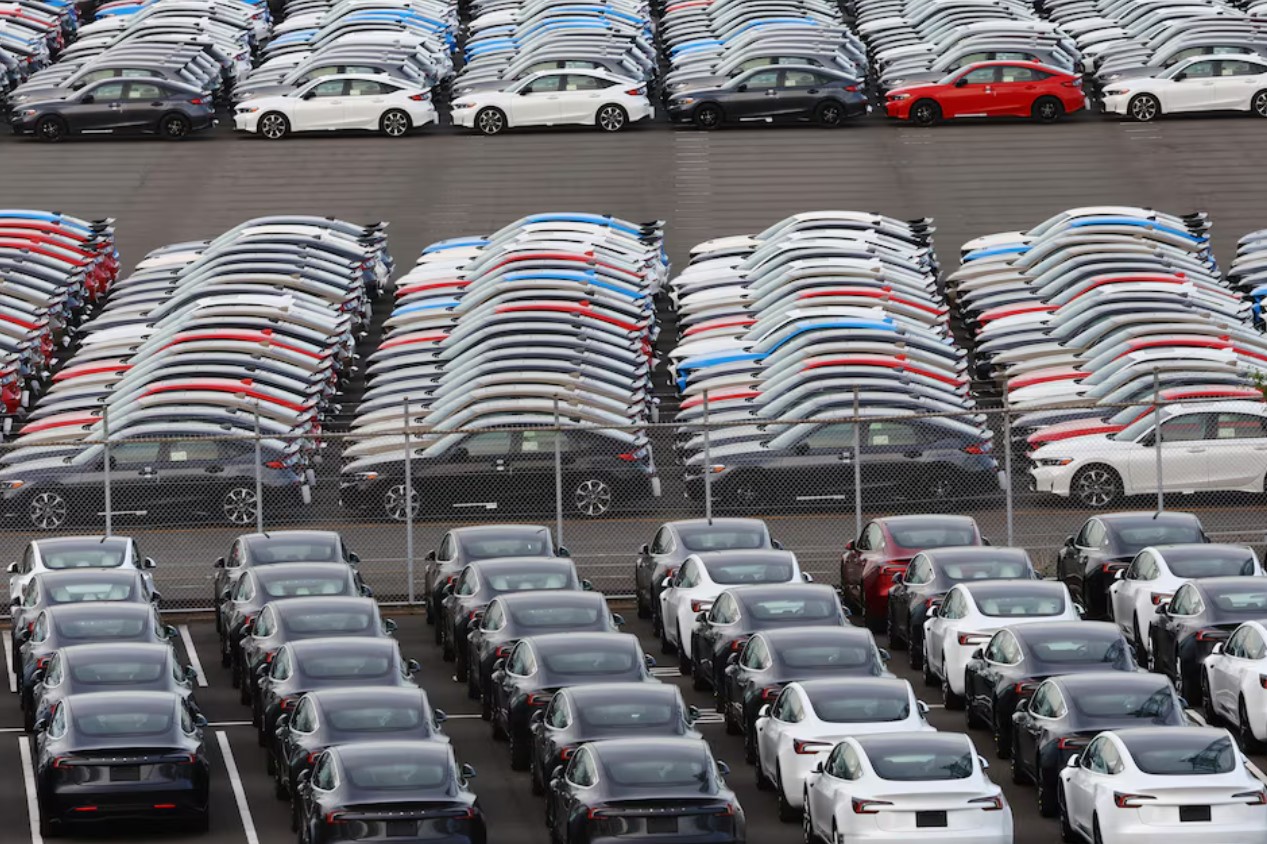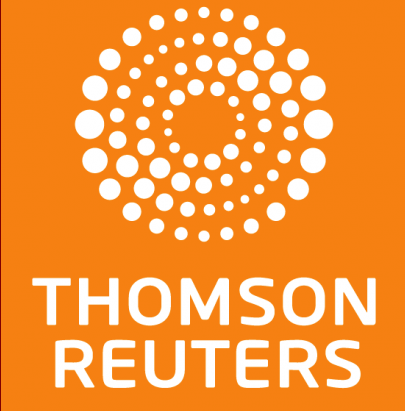Japan’s trade agreement with the US could serve as the benchmark for many other deals currently being negotiated with Washington, and the global economy could just about support the 15 per cent level agreed overnight, economists said.
Tokyo’s deal with the US lowers tariffs on auto imports to 15 per cent from levies totalling 27.5 per cent previously. Duties that were due to come into effect on other Japanese goods from August 1 will also be cut to 15 per cent from 25 per cent.
The deal with the world’s fourth-largest economy, which includes commitments for US-bound investment and loans, is the most significant of a clutch of pacts US President Donald Trump has concluded to date. It raises pressure on China and the European Union, which both face crucial August deadlines.
Although 15 per cent is still a significant duty, such a level is still manageable and less damaging than the volatility created by the uncertainty, which has made it near impossible for firms to plan investments, some economists argue.
“Average tariffs for the US were around 2.5 per cent for 2024 (while) currently, average tariffs stand around 17 per cent,” Mohit Kumar at Jefferies said, referring to the rise in global duties since Trump’s so-called “Liberation Day” announcement on April 2.
“Our base case remains that when the dust settles, we could see average tariffs around 15 per cent, though recent deals suggest that this number could be slightly higher,” Kumar said. “While a negative from a macro point of view, the world can live with 15 per cent or so tariffs.”
Financial markets heaved a sigh of relief on Wednesday.
AUTOMAKERS LEAD STOCK GAINS
Japan’s Nikkei (.N225) stock index jumped 3.5 per cent on the deal but European shares were also higher, driven by automakers, on growing optimism that workable deals are possible.
“It looks like the benchmark for major economies is going to be 10-15 per cent and a somewhat higher level for smaller economies,” Derek Halpenny, head of research at MUFG in London, said.
Volvo Car (VOLCARb.ST) stocks jumped more than 10 per cent while Germany’s Porsche (P911_p.DE), BMW (BMWG.DE), Mercedes-Benz (MBGn.DE) and Volkswagen (VOWG.DE), all with significant US sales, rose between 4 per cent and 7 per cent.
“Our base case remains that when the dust settles, we could see average tariffs around 15 per cent, though recent deals suggest that this number could be slightly higher,” Kumar said. “While a negative from a macro point of view, the world can live with 15 per cent or so tariffs.”
Financial markets heaved a sigh of relief on Wednesday.
AUTOMAKERS LEAD STOCK GAINS
Japan’s Nikkei (.N225) stock index jumped 3.5 per cent on the deal but European shares were also higher, driven by automakers, on growing optimism that workable deals are possible.
“It looks like the benchmark for major economies is going to be 10-15 per cent and a somewhat higher level for smaller economies,” Derek Halpenny, head of research at MUFG in London, said.
Volvo Car (VOLCARb.ST) stocks jumped more than 10 per cent while Germany’s Porsche (P911_p.DE), BMW (BMWG.DE), Mercedes-Benz (MBGn.DE) and Volkswagen (VOWG.DE), all with significant US sales, rose between 4 per cent and 7 per cent.
“This more positive trade news has really helped to ease investor fears that tariffs are about to snap back higher on August 1,” Deutsche Bank’s Jim Reid said.
“But of course, the threat of much higher tariffs still remains for several large economies, including the 30 per cent on the EU, 35 per cent on Canada and 50 per cent on Brazil,” Reid added. “We also know from experience that we might not know the outcome until hours before the deadline.”
Longer-term US inflation expectations eased a touch on the deal, suggesting that trade agreements could alleviate some price fears and give the US Federal Reserve room to lower interest rates later this year.
However, markets continue to see a close to zero chance of a Fed rate cut next week and the first move is not fully priced in until October.
The EU, which negotiates trade deals on behalf of its 27 members, could be next. Trump has said he will impose 30 per cent tariffs by August 1, triggering threats of retaliatory measures from the EU.
Such a level would be economically debilitating for a bloc that relies heavily on trade and would wipe out whole chunks of transatlantic commerce. The EU originally hoped it could secure a tariff of around 10 per cent but has since accepted the outcome is likely to be several points higher at least.
Pressures also remain high on China, which is facing an August 12 deadline before tariffs could snap back to 145 per cent on the US side and 125 per cent on the Chinese side without a deal or a negotiated extension.
“The US-Japan deal will put more pressure on other major Asia exporters to secure better deals,” ING said. “We’ve already seen trade deals with the Philippines and Indonesia. Before 1 August, there should be more deals struck with Asian exporters.”







Click here to change your cookie preferences